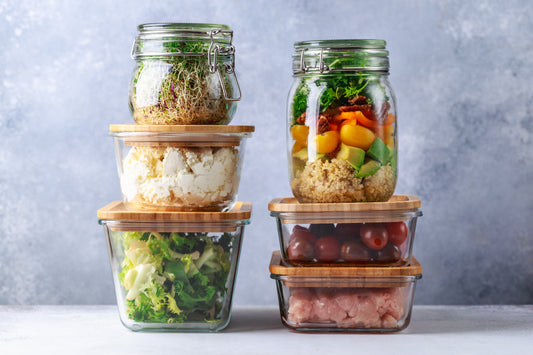How to Succeed with Migration Testing as per Latest EU Regulations

Package Includes
6 months access to Course Recording, Presentation Slides, Q&A Transcript
Course Description
Avoid rejection of your food contact approval application with a well-defined migration testing strategy in accordance with the latest EU food contact regulations (18th & 19th amendment included).
Industry expert Andreas Grabitz will help you in:
- Identifying reaction products & possible non-intentionally added substances (NIAS)
- Generating accurate data for your approval application
- Managing Bisphenol A and UVCBs purity criteria challenges implemented by latest revision of plastic jurisdiction
- Determining what are the contents and value of a Declaration of Compliance (DoC)

Andreas Grabitz
Participants of this course includes




Why should you view this course?
Who should join this course?
-
This course is suitable for advanced level proficiency
Advanced
Questions you will be able to answer after this course:
Course Outline


